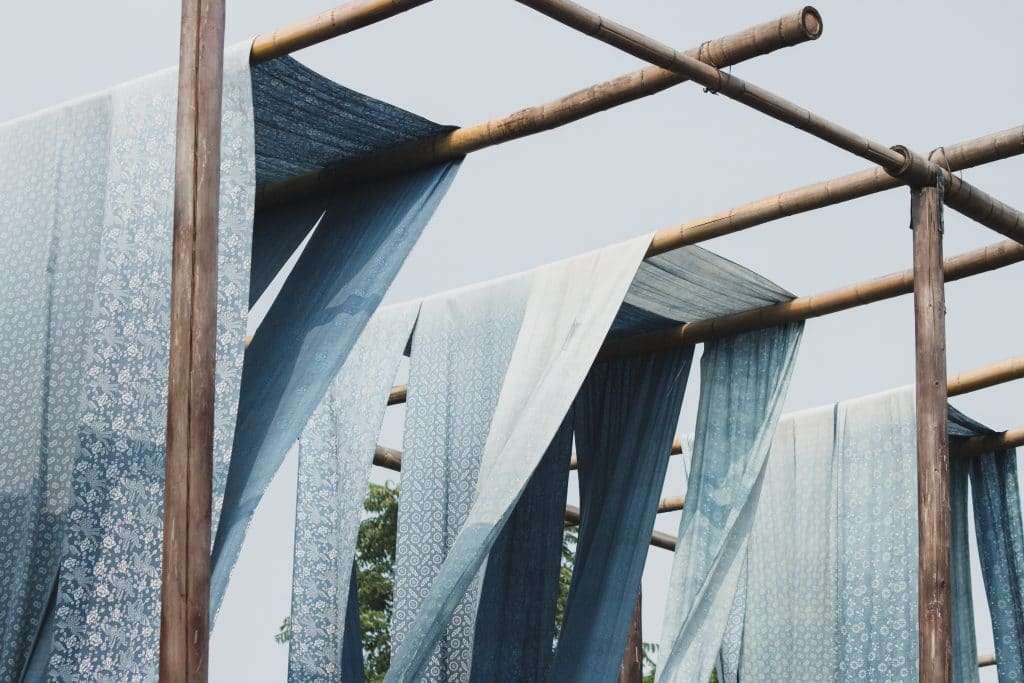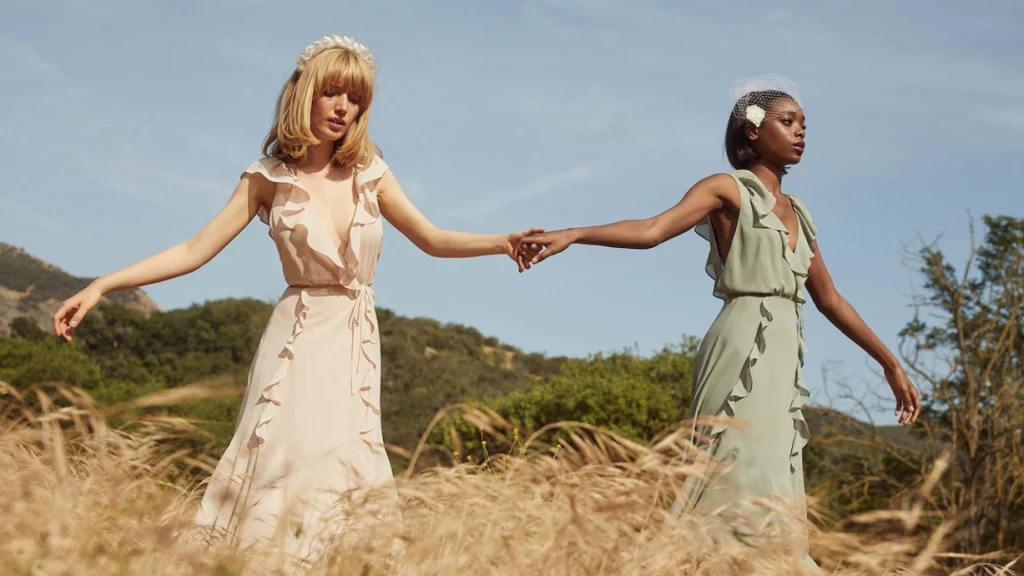Rayon fabric is a material likely in your closet right now. But do you know what it is? And more importantly, is it sustainable? It’s a complicated question and an even more complicated answer.
To make silk, first, you need silkworms. And, preferably, they need to be healthy ones. But in the 1800s, the silk industry was faced with a major problem: disease. And so, the industry looked to the scientist of the moment, French chemist Louis Pasteur — yep, the same man who discovered pasteurization (which was subsequently named after him), and developed early vaccines for diseases like anthrax and rabies.

Pasteur not only found the problem (a tiny parasite) and saved the silk industry, but he also helped to produce a whole new silk alternative along with his assistant, Count Hilaire de Chardonnet. The faux silk — made with cellulose and discovered by accident after a collodion spillage — was first called Chardonnet silk, and after that, it was given the new name of “rayon” (which means “ray” in French, and refers to the way the light bounces off the fabric).
This specific type of rayon was highly flammable, and so isn’t used today. But that said, the fabric did end up inspiring the many different types of rayon available now. But, like most fibers in widespread use, rayon can be pretty damaging to the planet. So here’s everything you need to know about the material, including its harmful chemical use, but also, why the future of the industry has eco-friendly potential.
What is rayon fabric?
Rayon is an umbrella term that refers to a few different types of fabric. Pasteur and Chardonnet’s version was the earliest type, but now, there are many different iterations on the market. These include viscose, lyocell, and modal, but the element that binds them all together is that they are all made from cellulose, a natural polymer found in plants, which is then treated with chemicals and spun into fibers.
Is rayon fabric a natural material?
Rayon is often marketed as a natural material, and that’s because cellulose comes from plants, which, of course, are natural. But due to the chemical-intensive process, it takes to turn this cellulose into rayon, the fabric is actually semi-synthetic.

To make it, the plant cellulose, which can come from trees or bamboo, is pumped through an industrialized spinneret. (This mimics the natural process in the animal kingdom, as the silk-spinning organ of a spider or silkworm is also called a spinneret.) After that, it goes through a chemical extrusion process, before the fibers are then spun into yarn. One of the reasons rayon isn’t really considered a “natural” material is because the chemicals used in its manufacture are extremely toxic, both to the environment and to factory workers.
Carbon disulfide, for example, has been linked with poor sleep, headaches, anorexia, vision changes, and dizziness, according to the Environmental Protection Agency (EPA). And that’s just the short-term effects. Chronic exposure is also associated with neurologic and reproductive impacts too. Sodium hydroxide, which is also used, is considered corrosive and hazardous to the environment.
Is rayon fabric environmentally friendly?
One big problem with rayon is that, for the most part, all of the runoff from its intensive chemical treatment ends up in the surrounding environment, including local communities around factories. But the fabric’s problems don’t stop with chemicals. There are also issues with the “natural” part of the production.
Cellulose comes from trees, which are often felled for the rayon industry. According to forest protection nonprofit Canopy Planet, more than 200 million trees are cut down every year and turned into cellulosic fabric. “If placed end-to-end those trees would circle the Earth seven times,” it notes. “Currently, forests in Indonesia, Canada’s Boreal, and Brazil are being logged for next season’s fashion and apparel.”

These forests are not only home to vital ecosystems of plants and wildlife, but they are also important for carbon sequestration. This means that they can actually pull carbon dioxide from the air, making them a vital resource in the fight against the climate crisis.
But while rayon, undeniably, has its problems, it also has big potential as a sustainable fabric. For one, research suggests it actually biodegrades quickly, which means that, unlike plastic-derived materials like polyester, it won’t still be hanging around in the landfill in a century’s time.
And many companies, like Lenzing, for example, are producing versions of rayon (Tencel Modal and Tencel Lyocell) with a closed-loop chemical process. This means that even though harsh chemicals are used in production, they are not released into the environment. Instead, they are captured and reused. Its modal is also made from beech tree cellulose, which is considered more sustainable, as beech trees require fewer resources, like water, to grow.
The future of rayon: repurposing waste?
But in the future, rayon may not require any trees at all. Lenzing has also developed a new technology called Refibra, which uses upcycled cotton scraps from garment production. “These cotton scraps are transformed into cotton pulp. A substantial proportion — up to one-third — of this is added to wood pulp, and the combined raw material is transformed to produce new virgin TENCEL™ Lyocell fibers to make fabrics and garments,” it notes.
Given the amount of clothing waste in landfills (approximately one truck full of textiles arrives at the landfill every second), it’s imperative that the fashion industry finds ways to repurpose old garments, instead of chopping down more trees. Some, like India’s Doodlage and LA-based Reformation and Whimsy + Row, are already doing this, with upcycled rayon appearing across their products. And, with hope, one day, this could be the future of the rayon in your wardrobe: upcycled waste, instead of valuable forests.
Related on Ethos:


